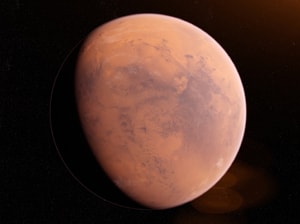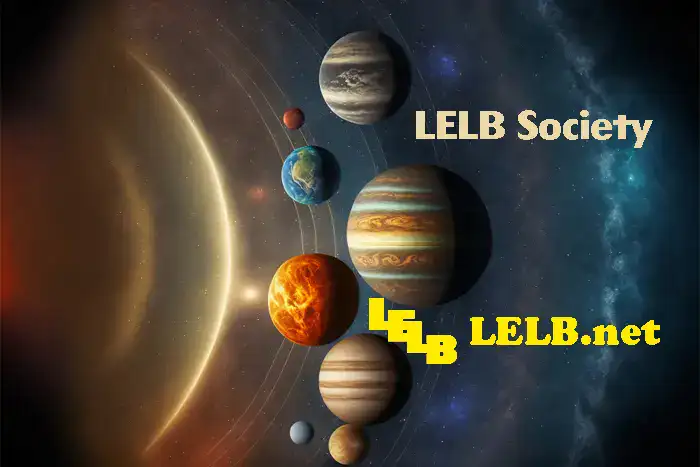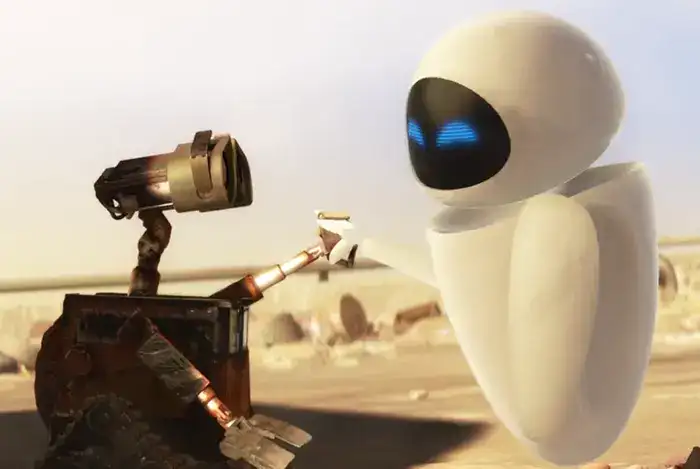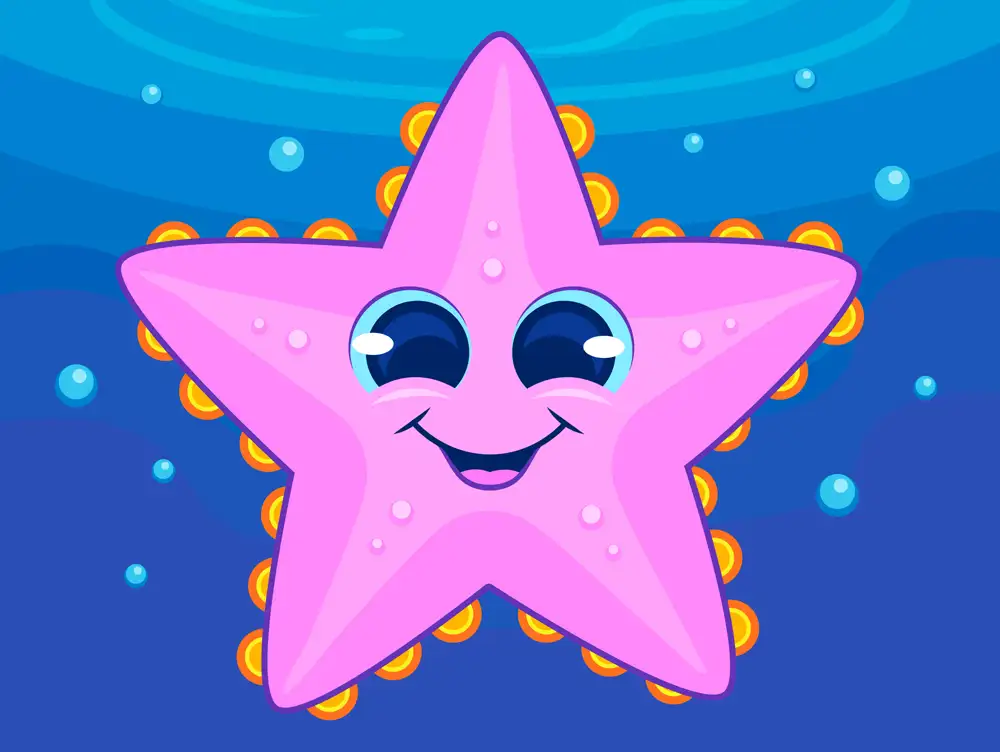Practice Reading & Listening on Mars
Practice Reading & Listening on Mars for IELTS & TOEFL with illustrated flashcards inside the lesson, text-to-speech functionality and a podcast from National Geographic YouTube channel transcribed by Hajar Aziz Zanjani
To the ancient Romans the planet Mars was symbolic of blood and war. But to many people today, the red planet may hold the key for a bright new future for humanity. The story of Mars began about 4.5 billion years ago when gas and dust swirled together to form the fourth planet from the sun.
The red planet
Mars is the second smallest planet in the solar system with a diameter just shy of the width of Africa. In fact, its entire surface area is similar to that of all of Earth’s continents combined. Much like its terrestrial cousin, Mars is dense and has a rocky composition. At the center of the planet is a core made of iron, nickel and Sulfur which may have created a protective magnetic field during Mars`s earlier years. Enveloping the core is a rocky mantle made of silicate minerals and a crust rich in iron. These iron minerals react with the trace amounts of oxygen and Mars`s atmosphere and rusts giving the planet its signature reddish hue.
While its blood-like appearance inspired the ancient Romans to name Mars after their God of war, the planet’s rusty color could be considered symbolic of the planet’s prime days long past.
Mars over time
Today, Mars is dry, desolate and cold with temperatures dropping as low as negative 225 degrees Fahrenheit. But billions of years ago, the planet was much warmer, more geologically active and had a watery surface. Lake beds and river valleys snake along the face of Mars indicating that liquid water was for a time present. Volcanoes such Olympus Mons, the largest volcano in the solar system at three times the height of Mount Everest, once erupted lava. But by about fifty million years ago, soon after Earth`s dinosaurs died out, Mars`s volcanoes also went extinct. Water on the red planet still exists today but mostly in form of polar ice caps.
Life on Mars
Because of factors such as the presence of water, some scientists believe life may have existed on the red planet and may exist again. Since the 1960s space programs from around the world have launched missions to Mars and attempts to understand the planet’s past, present and potential for sustaining life. Life on another planet may will be out of reach for the near future. But if any planet could give us hope, Mars may hold the key to the survival of humanity.




Hello d.r Hariri.
Do you know that one of the names of planet Mars is god of war because it is red like blood.
Hi Soroosh,
Yes, I knew about that, and I think this point has been made in the transcript of this English documentary, too. Yet, thank you so much for calling our attention to that.
Hello Dr.Hariri. I have a question. In this sentence ‘ with a diameter just shy of the width of Africa’, what does shy mean?
Hi Armaghan,
Shy here means smaller than a particular size or amount, which is Africa’s width in this context. Overall, it means the diameter of Mars is smaller than Africa’s width.
Is it really with such harsh condition e.g. lack of oxygen, dropping of temperature to minus 140 degree centigrade and so on human hope to live on Mars? To me it seems far from reality and out of reach.
Necessity is the mother of invention, and when there’s a will, there’s a way. I believe we don’t have any other option except that, in the long term. I guess planet Earth will not be as habitable as it is for us in distant future, and we will have to make a substitute for that little by little.
To the ancient Romans the planet Mars was symbolic of blood and war. But to many people today, the red planet may hold the key for a bright new future for humanity. The story of Mars began about 4.5 billion years ago when gas and dust swirled together to form the fourth planet from the sun.
Mars is the second smallest planet in the solar system with a diameter just shy of the width of Africa. In fact, its entire surface area is similar to that of all of Earth`s continent combined. Much like its terrestrial cousin, Mars is dense and has a rocky composition. At the center of the planet is a core made of iron, nickel and Sulphur which may have created a protective magnetic field during Mars`s earlier years. Enveloping the core is a rocky mantle made of silicate minerals and a crust rich in iron. These iron minerals react with the trace amounts of oxygen and Mars`s atmosphere and rusts giving the planet its signature reddish hue. While its blood-like appearance inspired the ancient Romans to named Mars after their God of war. The planet rusty color could be considered symbolic of the planets prime days long past. Today, Mars is dry, desolate and cold with temperatures dropping as low as negative 225 degrees Fahrenheit. But billions of years ago, the planet was much warmer, more geologically active and had a watery surface. Lake beds and river valleys snake along the face of Mars indicating that liquid water was for a time present. Volcanoes such Olympus Mons, the largest volcano in the solar system at three times the height of Mount Everest, once erupted lava. But by about fifty million years ago, soon after Earth`s dinosaurs died out, Mars`s volcanoes also went extinct. Water on the red planet still exists today but mostly in form of polar ice caps.
Because of factors such as the presence of water, some scientists believe life may have existed on the red planet and may exist again. Since the 1960s space programs from around the world have lunched missions to Mars and attempts to understand the planet past, present and potential for sustaining life. Life on another planet may will be out of reach for the near future. But if any planet could give us hope, Mars may hold the key to the survival of humanity.
Thank you for your transcription!
Here is my feedback, though:
* all of the earth’s continents combined
* inspired the ancient Romans to NAME Mars – the video subtitle is WRONG.
* There have been some other mistakes if you compare the rendered version in the body and yours in the comment.